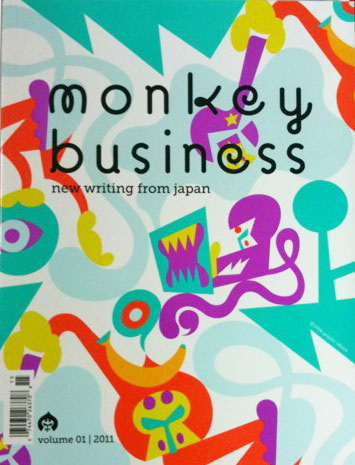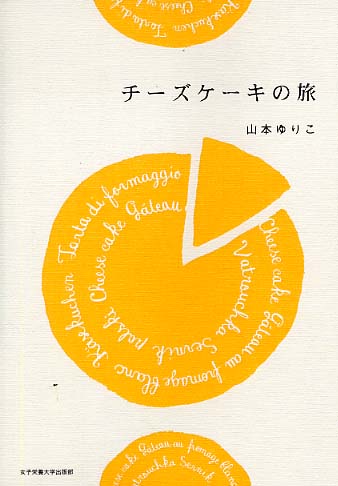Opium Fiend by Steven Martin (Villard Books)
Perhaps the first sign of incipient addiction is the habit of collecting. Steven Martin provides a story all too familiar to many of us, receiving little packets of coins in the mail when he was a boy, until the day he was threatened with legal collection for unpaid packets. His father returned his entire collection but the damage was done. Martin’s life was dominated by the need to corner the market in objects he loved—and in Thailand, he learned to love opium pipes.
The paraphernalia of the opium user is arcane and lovely, the lamps, the pipes, the scrapers, the boxes, the beds. Martin arrived in Southeast Asia early enough to make the obligatory and occasional pilgrimage to opium dens in Laos, where he became entranced by the objects used in them. His urge to collect something unique and beautiful was fulfilled by the trappings of the opium smoker, and while collecting these things, he became an obsessive expert on the subject.
A large portion of Martin’s book is devoted to the history of opium use in China and the United States, with a wealth of photographs. His collection becomes so exhaustive and valuable that he bequeaths it to the University of Idaho.
Then what has been a dispassionate examination of the art of opium smoking becomes deeply personal. With his life given over to the appreciation of the trappings of opium, Martin meets a collector who smokes in a way that honors the implements and the ritual of the drug. As an aesthete, Martin falls in love with both the ceremony and the sharpened contemplation that comes with opium.
The progression of his addiction and of his altered relationship with the world in general makes compelling reading—and his account of detoxification at Thailand’s famous Wat Tham Krabok, where addicts are subjected to a racking regimen of emetics, is worth a book in itself.
Martin makes a convincing case for high-quality opium, chandu, the liquid essence of the drug. As long as he sticks to that, he functions, he claims, at peak performance. However on a trip to Europe, he is introduced to the dross, the scrapings of the pipe residue, and his experience becomes a ravenous one—harrowing and expensive.
The world of the expatriate in Thailand is very small and Martin comes into the orbit of an American woman who takes over his story, an act that usually occurred to anyone who encountered Roxanna Brown. A tiny woman with a history in Southeast Asia that novels are made of, Brown was a connoisseur of chandu, which she used regularly and judiciously. Martin is horrified by the Spartan paucity of her opium accessories and they strike a deal. He gives her the implements befitting the drug she uses and she supplies him with the drug—for a fee. But Brown is horrified when she learns that Martin smokes between twenty and thirty pipes a day; she smokes no more than six or eight. The rest of the time she resorts to the efficiency of micro-doses—one drop on the tongue is the equivalent to five pipes.
But Martin is a slave to the ritual, his “nightly black mass,” and he succumbs to “nostalgia for the pipe.” But even in Thailand, opium is wickedly expensive. When he and Brown join economic forces to buy a bottle of chandu, his share of the purchase comes to four thousand dollars, or 120,000 baht. Even for a well-paid expat, that would be two months salary, and neither Martin nor Brown fall into that economic category. When Martin begins to sell items of his collection to pay for his opium, his original addiction wins over the hunger for opium and he goes to Wat Tham Krabok, which cures for nothing—but only once..
For Brown, things do not end that well. Eating opium puts a terrible strain on the digestive system, which is “frozen into hibernation by the drug.” When she makes a trip to the states, she is arrested and accused of electronic fraud, allowing her signature to be used for falsified appraisals of Southeast Asian art, a subject upon which she is an expert. A woman with Thai nationality as well as being a U.S. citizen, Roxanna Brown is considered a flight risk and is thrown into an immigration detention center in Seattle. She dies in her cell in agony from a perforated ulcer, an offshoot, Martin says, of opium eating.
On the night of her death, Steven Martin was in Bangkok, “weightlessly suspended as though floating in a warm sea.” Opium had reclaimed him after detox; whether it still dominates his life is perhaps another story, another book.~Janet Brown



















